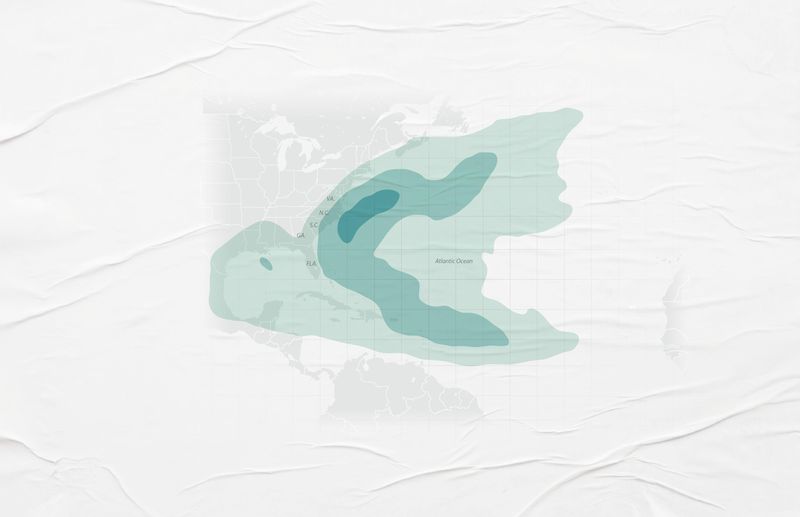
Tropical Storm Erin continues to travel west and is on track to become the first hurricane of the Atlantic season by the end of this week, the National Hurricane Center said.
Typically, the first hurricane of the season forms in July or August, according to the National Oceanic and Atmospheric Administration. Nearly 60 years of data shows that the average date of the first hurricane is Aug. 11.
Colorado State University predicts 16 named storms and eight hurricanes to develop over the next three months – slightly above average for the season.
Here's what you need to know about the Atlantic hurricane season and when it generally starts picking up.
August is most common month for the first hurricane of the year
The Atlantic hurricane season officially began on June 1 and will last through the end of November.
Data from NOAA analyzed by Weather.com shows that since 1966, the first Atlantic hurricane of the season formed in August in 24 of the past 59 years.
NOAA began full satellite coverage of the Atlantic Basin in 1966.
Two hurricanes have developed out of hurricanes season: 1970 had it's first hurricane on May 20, 1970, and in 2016, the first hurricane formed on Jan. 14.
How do hurricanes form?
Hurricanes are born in the tropics, above warm water. Clusters of thunderstorms can develop over the ocean when water temperatures exceed 80 degrees Fahrenheit. If conditions are right, the clusters swirl into a storm known as a tropical wave or tropical depression.
A tropical depression becomes a named tropical storm once its sustained wind speeds reaches 39 mph. When its winds reach 74 mph, the storm officially becomes a hurricane.
The ramp-up to a busy hurricane season
Aug. 6-19 typically marks the beginning of the ramp-up for Atlantic tropical cyclone activity. The primary formation area for major hurricanes in early to mid-August is in the tropical Atlantic, east of the Lesser Antilles.
Generally, earlier-season hurricanes form in the western Atlantic, Gulf of Mexico or Caribbean Sea, matching the areas that are favorable for development in June or early July, The Weather Channel reported.
How can you prepare for hurricane season?
- Check with your local government to see if you live in an evacuation zone.
- Have a plan for where you would go if you need to evacuate, and share that plan with friends and loved ones. Plan to travel only as far as you need to.
- Write a family emergency plan with your family and close friends to decide how you would contact one another in an emergency, where you will go and what you will do. Keep copies on your phone and in your emergency supplies, and share them with your family.
- Put together a basic emergency kit with water and shelf-stable foods for up to a week, flashlights, backup batteries, a first-aid kit and moist towelettes.
- Review your insurance policies to ensure you have coverage, including flood coverage.
- Store insurance policies, photos of your home and its contents and other important papers in a safe place and electronic files, and share copies with family members.
For more suggestions, visit NOAA's hurricane preparations page.
Contributing: Doyle Rice, Gabe Hauari
This article originally appeared on USA TODAY: When does the first hurricane usually form? See charts
Reporting by Sara Chernikoff and Jennifer Borresen, USA TODAY / USA TODAY
USA TODAY Network via Reuters Connect

 USA TODAY National
USA TODAY National
 New Jersey News
New Jersey News KWWL
KWWL WITN-TV
WITN-TV KOMU 8
KOMU 8 Associated Press Top News
Associated Press Top News Florida Today
Florida Today FOX19 NOW
FOX19 NOW Duluth News Tribune
Duluth News Tribune WKOW 27
WKOW 27 IMDb TV
IMDb TV